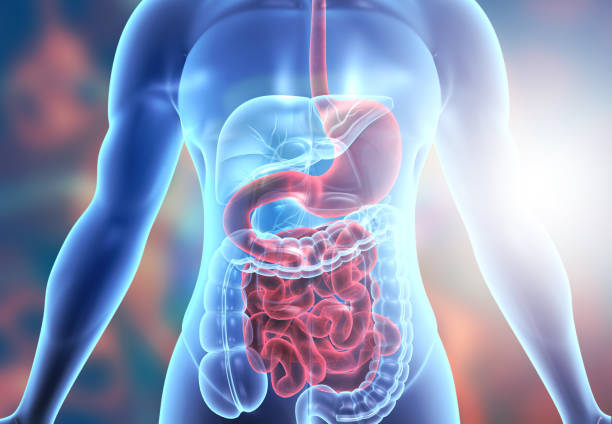- Empty cart.
- Continue Shopping
How the Body Processes Polyphenols

Polyphenols have gained significant attention in recent years for their potential health benefits. Found in foods like fruits, vegetables, tea, and wine, these natural compounds are often lauded for their antioxidant properties. But how exactly does the human body process these complex molecules? Let’s delve into the fascinating journey of polyphenols from ingestion to absorption and, finally, to their impact on health.
What Are Polyphenols?
Before we explore the processing mechanism, it’s crucial to understand what polyphenols are. Polyphenols are a broad class of naturally occurring compounds found in plants. They serve various functions, including defense against pathogens and contributing to the plant’s color. For humans, polyphenols can offer a range of health benefits, such as reducing inflammation and lowering the risk of chronic diseases.
Ingestion: The First Step
The journey of polyphenols starts with ingestion. When you consume polyphenol-rich foods like berries or a cup of green tea, these compounds enter your digestive system. Here, they encounter a complex environment filled with enzymes and other substances designed to break down food.
Role of Saliva
Interestingly, the processing of polyphenols begins right in the mouth. Saliva contains enzymes that initiate the breakdown of these compounds. However, this is a minor phase, and the majority of the action happens in the stomach and intestines.
The Stomach: An Acidic Environment
Once the polyphenols reach the stomach, they encounter a highly acidic environment. The stomach’s acidity can alter the structure of polyphenols, making them more accessible for further breakdown. However, it’s worth noting that not all polyphenols undergo significant changes in the stomach. Some remain relatively stable and continue to the small intestine for further processing.
Small Intestine: The Hub of Absorption
The small intestine is where the magic happens. This organ is responsible for absorbing nutrients from the food we eat, and it plays a pivotal role in the absorption of polyphenols. Here, enzymes and gut microbiota work in tandem to break down these compounds into simpler forms that the body can absorb.
Enzymatic Action
Enzymes like esterases and glucuronidases help break down complex polyphenols into simpler molecules. These simpler forms are more easily absorbed into the bloodstream.
Role of Gut Microbiota
The gut microbiota also plays a crucial role in this process. These microorganisms can metabolize polyphenols into bioactive compounds, enhancing their health benefits. For example, gut bacteria can convert the polyphenol quercetin into a more bioavailable form, increasing its antioxidant activity.
Bioavailability and Distribution
Once absorbed, polyphenols enter the bloodstream and are transported to various tissues and organs. The liver often acts as a processing center, further metabolizing these compounds and preparing them for distribution or excretion.
Health Impacts
The bioactive forms of polyphenols can interact with cells and molecules in the body, providing various health benefits. For instance, they can neutralize free radicals, reducing oxidative stress and lowering the risk of chronic diseases like heart disease and cancer.
In summary
Understanding how the body processes polyphenols offers valuable insights into maximizing their health benefits. From the initial stage of ingestion to the complex interactions in the gut and finally to their distribution and impact on health, polyphenols go through a fascinating journey within our bodies. By choosing a diet rich in polyphenol-containing foods, you’re not just enjoying delicious flavors; you’re also taking a proactive step toward better health.
So, the next time you sip on a cup of green tea or munch on some berries, take a moment to appreciate the intricate processes that allow your body to make the most of these powerful compounds.








